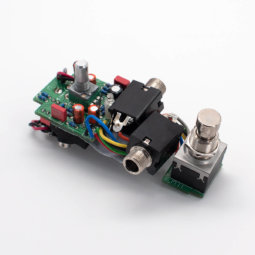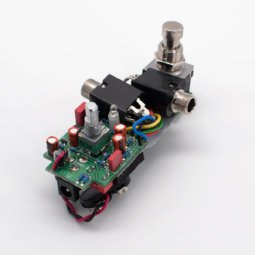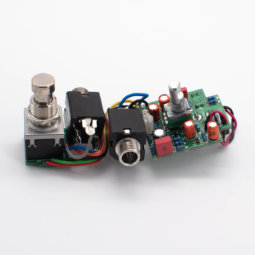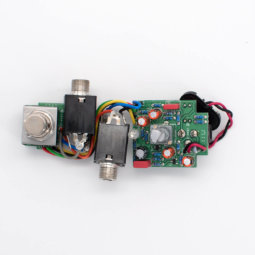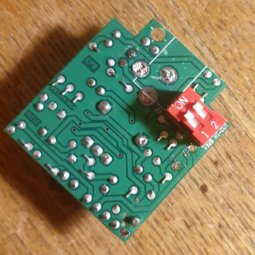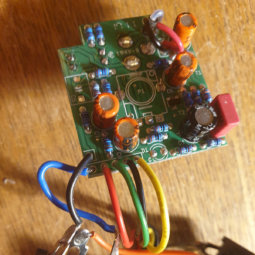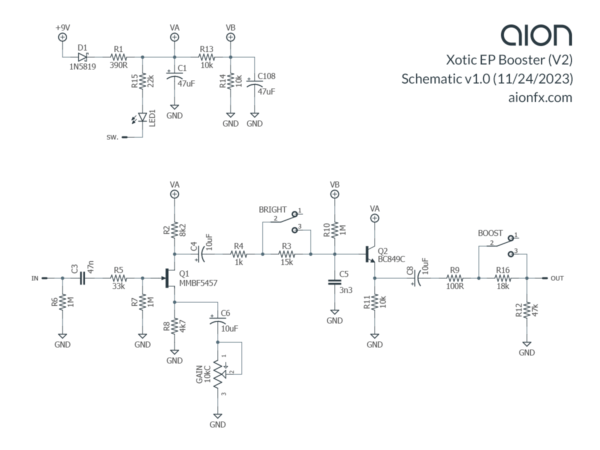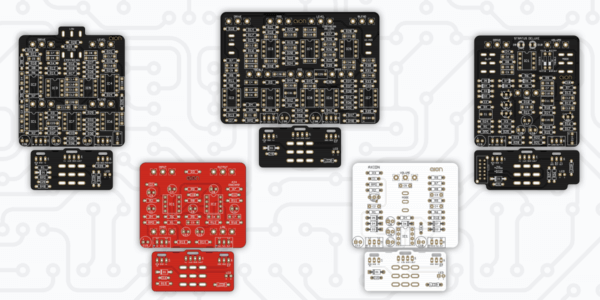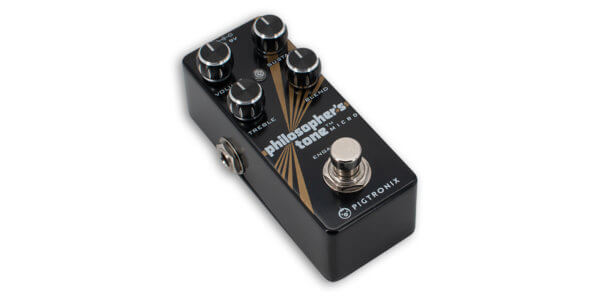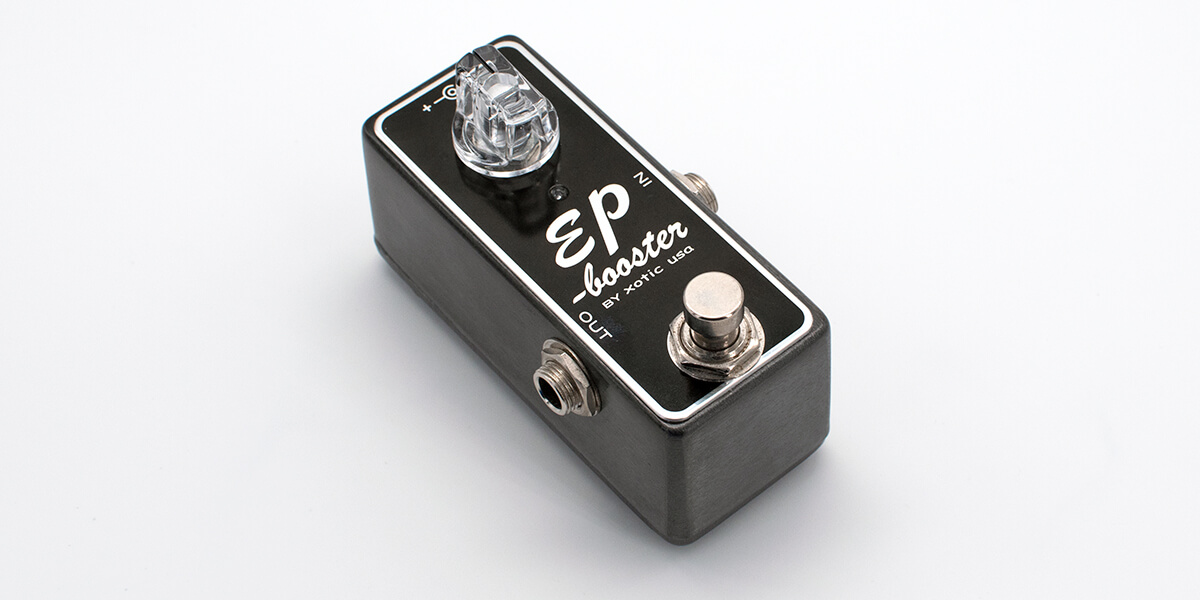
Tracing Journal: Xotic EP Booster V2
The second Xotic trace releasing today (alongside the SL Drive) is the EP Booster. It’s a fairly simple JFET booster modeled after the preamp of the Echoplex tape delay pedal.
Here’s a demo video from Mike Hermans:
The EP Booster is a frequent staple of pro pedalboards, particularly as an “always on” tone enhancer. It’s not a transparent boost by any means, but like the Echoplex it’s based on, the coloration is a big part of what makes it special.
As with the AC/RC Booster and BB Preamp, this pedal has been traced before, but only an earlier model, and there were a few features that had been changed on the newer V2.
Tracing photos
Schematic
Analysis
No actual component changes from the earlier EP Booster, but it’s good to have confirmation. The only substantial change between the versions is that they swapped out the “Bass” DIP switch setting for a “+3dB” setting in order to correct a common complaint of the original, that it can’t get down to unity at the minimum gain position.
There’s a bit of marketing spin in the new version: the feature is described as though it adds boost, but the +3dB (boosted) setting is actually the same as the earlier unit, while the new setting (+3dB off) just adds a fixed resistor in series with the output to reduce the volume.
Broadly speaking, the EP Booster is certainly inspired by the Echoplex preamp, but it’s not quite the same. The JFET stage is similar, but the gain structure is completely different, as well as the resulting EQ.
The EP-Pre is a much closer adaptation, but as with the original Echoplex, it doesn’t have much boost potential—so if you’re after a vintage-inspired circuit that can push your amp then the EP Booster is probably a better choice.
Ephemeris JFET Boost
 Releasing today is the Ephemeris, a hybrid of both versions of the EP Booster, with both Bass and Bright switches (moved to the front panel instead of internal) as well as a volume control at the output. This volume control replaces the unity-gain switch on the newer EP Booster, which was just a fixed resistor at the output that cuts the volume slightly. The gain control does impact the EQ somewhat, so the volume control is a way to get the tone of a cranked unit but at lower volumes.
Releasing today is the Ephemeris, a hybrid of both versions of the EP Booster, with both Bass and Bright switches (moved to the front panel instead of internal) as well as a volume control at the output. This volume control replaces the unity-gain switch on the newer EP Booster, which was just a fixed resistor at the output that cuts the volume slightly. The gain control does impact the EQ somewhat, so the volume control is a way to get the tone of a cranked unit but at lower volumes.

